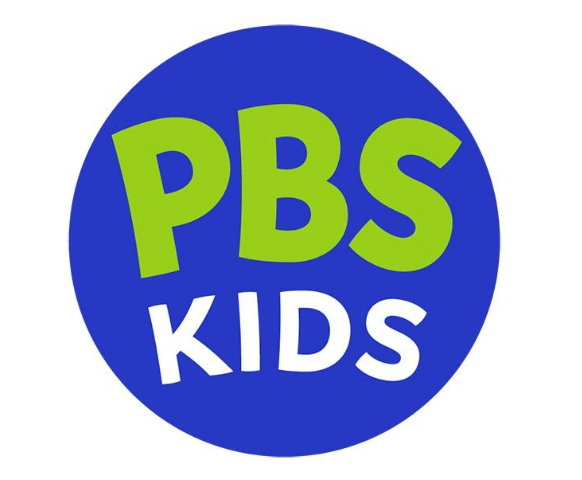E-mail is looking more like snail mail every day.
While many marketers continue to determine e-mail success rates solely by clickstream or “eyeball” data, others have moved to more sophisticated tracking and reporting in real time, according to Regina Brady, vice president of strategies and partnerships for e-mail service bureau FloNetwork.
Closer Scrutiny
Brady, speaking at the recent 12th National Direct Marketing to Business Conference in Miami, pointed out that marketers are now capturing and tracking bounces (undelivered/unread e-mail), invalid addresses, pass-along rates and transaction data on a list-by-list and even name-by-name basis.
Marketers are generating list segments to help them make finely targeted offers to customers. For example, narrowcasting, based in part on this newly captured data, enables prospect selection by RFM or geography. Other new technologies allow variations of a single e-mail message to help marketers reach different groups.
Some Stats
Brady also offered the following statistics:
– Marketers managed a 3.5% click-through rate when e-mailing to a rented e-mail file vs. 10% when targeting a house e-mail file.
– Purchase rates were 2% for rental files vs. 2.5% for house files (3.9% for direct mail to house files).
– Companies that outsourced had a 64% response rate compared with 36% for those that didn’t.
– Companies that outsourced had a 10% click-through rate vs. 9% for those that didn’t.
– A 6% purchase rate was achieved by firms that outsourced vs. 1.4% for those that did not.
Response Rates Fall
During the same session John Lawlor, president of e-mail marketer EmailChannel.com in Boca Raton, FL, said that last year 15 companies in the e-mail sector went public. Their total net worth was $17 billion.
Lawlor indicated a downside to the e-mail marketing boom: Consumers are starting to feel inundated by the extreme volume of e-mail they’re receiving, and so response rates are dropping. He claimed that 20% of e-mail is commercial, split evenly between spam and permission-based transmissions. Lawlor predicted that 40 billion messages will be e-mailed by 2003.



